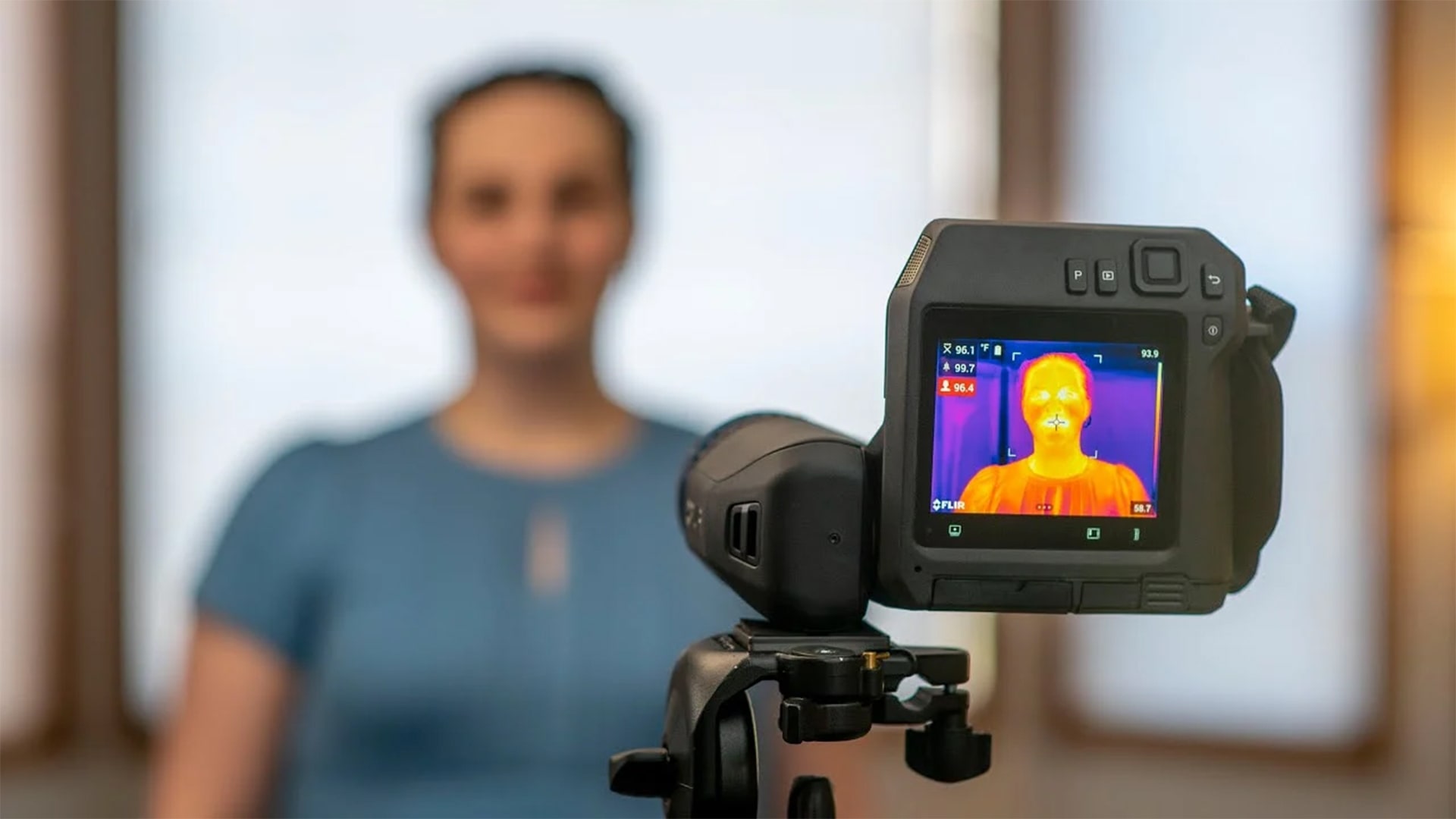
Oct 07, 2020
Thermal scanners can play a crucial role in fighting coronavirus and containing the spread. In the wake of coronavirus, many businesses have changed their ways to sustain themselves, and for worse, many lost their livelihoods as a result.
However, businesses do not have the luxury to wait until everything goes back to normal to get back on schedule. They have to resume their operations at the earliest. Here are how innovations in thermal scanner technology can help to overcome the coronavirus business handicap.
What is an infrared (IR) thermal scanner?
Infrared thermal scanners are devices that use thermal imaging technology to capture infrared emission from all the objects in sight to portray the heat distribution in an area.
How thermal scanners work?
Infrared light is electromagnetic radiation and a form of radiant energy with longer wavelengths than visible light that can be felt through heat. Although infrared radiations cannot be seen through naked eyes, they can be captured with the help of infrared sensors.
Thermal scanners take advantage of the fact that all objects emit a certain amount of infrared radiation and display colder temperatures in shades of blue, purple, or green and warmer temperatures in shades of red, orange, and yellow along with the exact temperature of the focused point. Hotter the temperature, the higher are the radiations, and hence redder the color.
Passive Infrared Sensors
Infrared thermal scanners have many infrared measuring devices called microbolometers. Each pixel has a microbolometer assigned respectively to capture the radiation and assign a color to form the complete picture. This type is called passive infrared sensors.
Active Infrared Sensors
Active infrared sensors emit infrared radiation and capture the reflecting radiation to detect the temperature.
What is an infrared (IR) thermal scanner
Since the initial stages of COVID-19 are marked by an increase in body temperature, thermal scanners can be deployed to detect body temperature and run fever screenings.
Business offices, personal spaces, commercial establishments, industrial buildings, and every place can protect its infrastructure and occupants by installing the right thermal scanner technology and conducting entry screenings to detect alarming body temperatures and thereby preventing potential contagious individuals from entering the facility.
Types of thermal scanner-based devices
Infrared thermometers
Infrared Thermometers are the most prominent non-contact body temperature thermal scanners used to detect coronavirus infection since the discovery of the virus. With one-press operation and one-second detection, forehead infrared thermometers show the temperature in the large LCD screen with an accuracy of ±0.4°F.
Smart infrared cameras
Door handle-mountable and handheld noncontact infrared cameras look like smartphones but have a different function. Devices like IRCam Pro are high-precision AI-enabled tablets powered by an octa-core processor and a dual 2MP camera to body temperature with an accuracy less than ±0.4°F.
IRCam Pro is waterproof and can detect faces and store up to 1 million records. The device can also be set to broadcast every time body a temperature that surpasses the normal limit is detected.
Infrared glasses
Wearable infrared glasses are another innovation of thermal scanners that anyone can wear and scan everyone’s body temperature seamlessly. These glasses also have high computation power processors for rapid measurements and to capture images and videos without clutters.
Pixels IR Glasses can measure body temperatures in 0.5 seconds and reinforce the security even in high-activity commercial spaces.
Types of thermal scanner-based devices
Although thermal scanners can be used to conduct entry screening and fever screening based on body temperature measurement, the right choice of devices to install is important for effective protection.
While infrared thermometer can be used everywhere, buzzing places may require people to wait in queues for body temperature scanning. To prevent such setbacks and to ensure consistent flow, expected traffic, entrances, device capacity, and the required number of devices must be determined beforehand.


